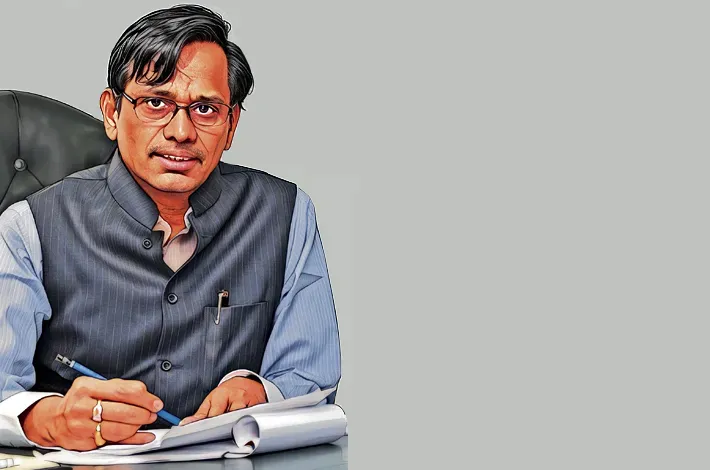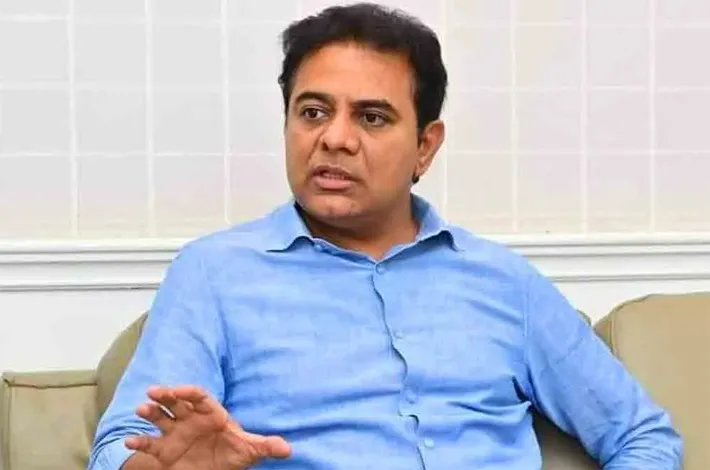Fire-fighting fit, not yet
28-05-2025 12:20:00 AM

Here are solutions before it’s too late
C L RAJAM
The tragic incident of a devastating fire in a 125 year-old building near the iconic Charminar in Gulzar Houz, claiming 17 lives is a wakeup call and has cast a harsh spotlight on the Telangana state fire department’s capabilities, the civic authorities’ lax approach to fire safety regulations, and the urgent need for modernized urban planning in Hyderabad’s densely packed old city.
The city is expanding and is bursting at the seams. New areas are developing with high-rise buildings and the old areas are getting more congested with more families added in the same space. Protecting both with equal measure is a task on hand.
The High-Rise Challenge
Hyderabad’s skyline is transforming rapidly, with the state government granting permissions for high-rise buildings that soar up to 60 floors (approximately 180 meters). Yet, the fire department’s current fleet of fire trucks is equipped to handle rescue operations only up to 54 meters, roughly equivalent to 12 to 18 floors. For buildings exceeding this height, the department relies on designated “refuge areas”—empty floors built every three floors in high-rise structures above 20 floors—where people can seek shelter during a fire. Fire-fighters then attempt rescues from these areas.
However, as a fire station officer, speaking anonymously, pointed out, this system is inadequate for the city’s tallest buildings. “We need vehicles capable of reaching above 100 meters to rescue people in fire incidents in these new high-rises,” the officer said.
Solution
Experts argue that the state government’s approval of high-rise constructions without ensuring the fire department is equipped with suitable fire-fighting and rescue equipment is a glaring oversight. One proposed solution is the imposition of a “fire tax” on multi-story buildings above 12 floors.
The revenue generated could fund the procurement of advanced fire-fighting equipment that meets international standards, such as high-capacity aerial ladder trucks capable of reaching greater heights. This would align Hyderabad’s fire safety infrastructure with the demands of its vertical growth, ensuring that the city is better prepared for emergencies in its towering structures.
Challenge of narrow lanes
Many localities, especially in the old city date back to several decades. The population has increased multi-fold but the civic infrastructure has remained the same and as a result the once broad roads have become narrow with encroachments and where there was one dwelling, now there are many.
Despite these resources, the response time of fire engines—approximately two minutes per kilometer—is challenged in areas like Hyderabad’s old city, where narrow roads and congested layouts hinder access. The Gulzar Houz fire highlighted this issue, as fire trucks struggled to navigate the labyrinthine streets, delaying critical response efforts. To address this, officials have proposed upgrading some single-vehicle fire stations to two-vehicle stations and constructing new double stations in Hyderabad to bolster the city’s firefighting capacity.
While the department has taken some measures in modernizing its equipment, including the deployment of three France-imported robotic fire dousers, these advancements fall short when addressing fires in high-rise buildings or navigating the narrow lanes of the old city.
The robotic fire dousers, remotely controlled vehicles designed to extinguish fires in hazardous environments like warehouses, narrow streets, or chemical tankers, are a step forward. Currently stationed at the Madhapur, Gowliguda, and Medchal-Malkajgiri fire stations, these robots can access areas inaccessible to human fire-fighters, assess situations, and douse flames. However, their utility is limited in high-rise structures, where vertical reach is critical.
Fire Department Resources and Limitations
Telangana currently operates 144 fire stations across the state, with Hyderabad housing eight double fire stations, while the remaining districts collectively have 33 double stations and several single stations. Double fire stations, which typically house two to three fire engines and have the capacity to respond to multiple incidents simultaneously, are critical in urban centers like Hyderabad.
Each fire engine is staffed by eight personnel and equipped with essential fire-fighting and rescue tools, including water and foam tanks, pumps, hoses, nozzles, ladders, hydraulic rescue tools, bolt cutters, and personal protective equipment with breathing apparatus. The department also boasts advanced tools like victim location trackers and thermal scanners, which are invaluable in rescue operations, particularly in cases of building collapses.
Upgrading fire stations, enforcing stricter building codes, and exploring redevelopment models like increased FSI could prevent future tragedies and ensure that Hyderabad’s growth does not come at the cost of its residents’ safety.
Problem
- Government granting permissions for high-rise buildings up to 60 floors. However, fire department’s current fleet of fire trucks is equipped to handle rescue operations only up to 54 meters which is 12-18 floors.
- Narrow roads and congested layouts hinder access especially in the Old City areas
- The robotic fire dousers, remotely controlled vehicles designed to extinguish fires in hazardous environments like warehouses, narrow streets, or chemical tankers but their utility is limited in high-rise structures, where vertical reach is critical.
Solution
- One proposed solution is the imposition of a “fire tax” on multi-story buildings above 12 floors and with the revenue accrued, invest in high-capacity aerial ladder trucks
- Upgrade some single-vehicle fire stations
- Bombay redevelopment model (See box ‘Reimagining Hyderabad’s Old City’)
Reimagining Hyderabad’s Old City
The fire in Gulzar Houz has also sparked a broader conversation about urban planning in Hyderabad’s historic areas. The old city, with its narrow lanes and aging infrastructure, is ill-equipped to handle modern fire safety challenges. Experts suggest that the state government could draw inspiration from Mumbai’s slum resettlement plans, such as the Bombay redevelopment model, to modernize these areas.
One proposal is to designate old city areas as zones and sub-zones, encouraging the formation of cooperative societies to oversee redevelopment. By offering builders an increased Floor Space Index (FSI)—potentially 100% more than the current allocation—the government could attract investment to construct new, planned buildings that meet modern fire safety, water supply, power, and drainage standards.
In other words, earmark vulnerable areas into 5 to 10 acres clusters and allow 100 per cent more FSI for the builders in these clusters. The builders will built the apartments and give it free of cost in proportion to the actual holding of the opener and the rest he would sell it get back his investment and profit.
This approach would not only enhance safety but also improve the quality of life for residents by replacing dilapidated structures with modern facilities. The increased FSI would incentivize developers by providing additional construction space, offsetting costs and attracting private investment. Such a redevelopment plan could transform Hyderabad’s old city into a safer, more liveable urban space while preserving its cultural heritage.








